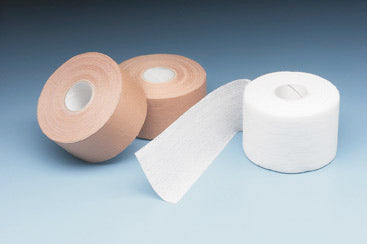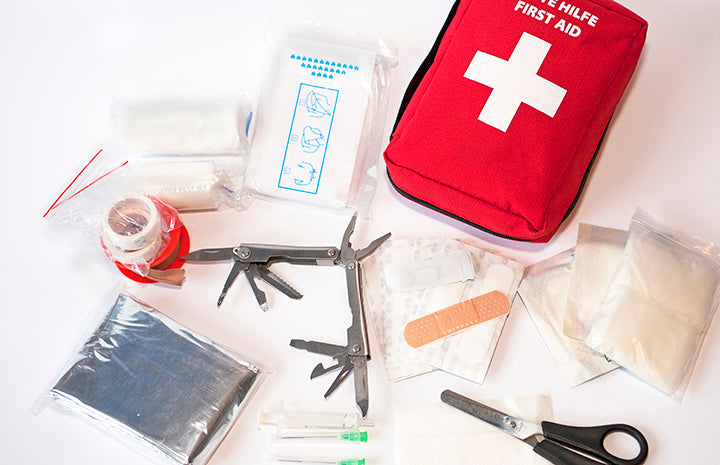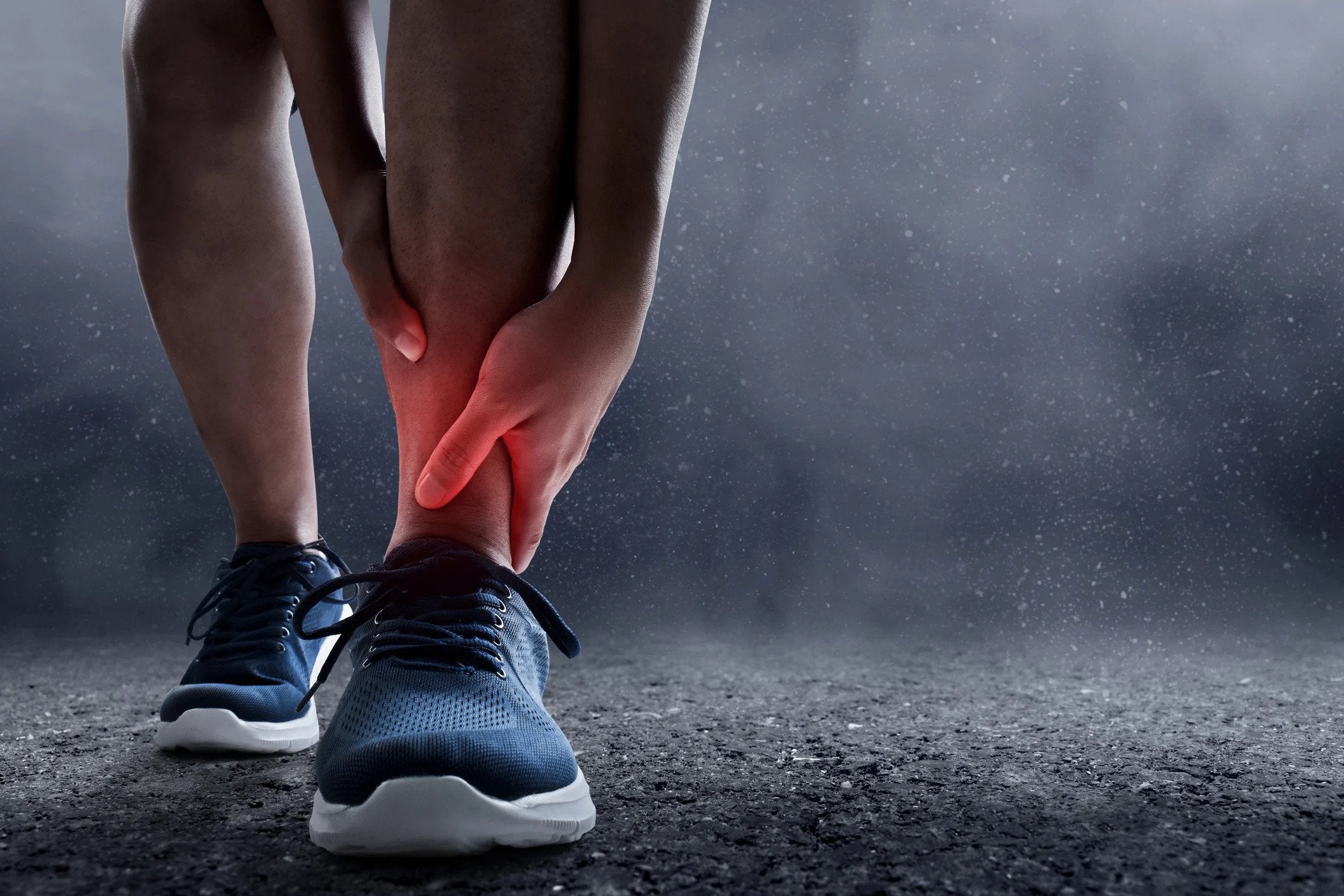
Medical tapes are exactly what they sound like — tapes that are used on the skin for medical purposes. They are applied to the skin for several reasons, from securing bandages to treating sore muscles. Medical tapes can be classified by their type of adhesive and the material they are made of.
Classification Based on Adhesives
Based on the type of adhesive, there are two major types of medical types.
Synthetic Adhesives
Synthetic adhesives are usually very strong. Medical tapes with synthetic adhesives are commonly used in cases where they are not to be changed often. This is because the strength makes it relatively difficult to remove from the skin's surface. Tapes made with synthetic adhesives are also known to leave residue on the skin after they have been removed. Also, they are not breathable, which may sometimes cause skin irritation.
Acrylate Adhesives
Acrylate adhesives are strong and breathable. They attach firmly to the skin; however, this does not mean they are difficult to remove. They easily peel off the skin without leaving any residue. Being more flexible, they can be changed regularly without causing skin irritation or discomfort.
Classification based on Materials
The type of adhesive is not enough to classify medical tapes. After all, no one would buy the adhesive alone — the tape’s material is more significant.
Based on the material they are made of, there are numerous types of medical tapes you would have come across online. This can make it inundating to find out the main types of medical tapes.
In terms of material, there are three types of medical tapes. They include paper(surgical) tapes, cloth tapes, and plastic(transparent) tapes.
Paper (Surgical) Tapes
Paper tapes are made of paper – you would have guessed that! They usually have acrylate adhesive, making them easy to use and remove without causing discomfort. They are also known to be very convenient because they are lightweight.
Paper tapes are usually used to hold bandages in place. They are also used to hold other injury dressings to the skin. Since they are soft, they are very safe to use around injuries as they won’t cause any damage.
They are breathable and hypoallergenic. This means they can be used by people who are allergic to latex products or adhesives generally. There is no risk of skin irritation as they are latex-free.
As much as paper tapes can be used on moist skin, they may not stick as much as they would on dry skin. When paper tapes come in contact with water, they can easily fall off after a while. For the best performance, paper tapes should be used on dry skin or bandages. However, quality paper tapes stick even when the skin is damp. The adhesive quality of a paper tape depends on the brand.
So, paper tapes are to be used on parts of the body that won't constantly come in contact with water. Since they are easily removable, they can be changed regularly.
Furthermore, paper tapes are more affordable than other types of medical tapes.
How to Use
- Wash and dry the area where the tape is to be applied. It is important to remove lotions so that the tape will stick perfectly.
- Cut the suitable length of tape, depending on the size of your bandage or any other dressing. The ideal size should extend beyond the dressing a bit.
- Without stretching the tape, press it down to your skin or dressing. It should not be applied around a body part so that blood circulation will not be affected.
- Apply a bit of pressure to secure the tape in place.
- If any discomfort is felt within a few hours after the tape has been applied, you should remove it immediately.
- Depending on your doctor's instruction, removing the tape can take a few days or weeks.
Cloth Tapes
Cloth tapes are also lightweight and are as convenient as paper tapes. They are made of woven cloth that is breathable. They can also be used and removed without any discomfort. They are soft to the touch, and you can almost forget that you’re wearing them.
Cloth tapes can be used to secure dressings to the skin; they are also commonly used to hold splints. They don’t stretch, so they provide a better grip.
This tape can stick to the skin for several weeks after application. However, they do not work so well on wet or moist skin. While other types of tape may stick to damp skin for a while, cloth tapes don’t stick to damp skin. They are not waterproof.
People with adhesive allergies cannot use cloth tapes because they are not hypoallergenic. It is recommended that you do not use cloth tapes if you are allergic to adhesives.
How to Use
- Clean the skin on which the tape is to be applied.
- Cloth tapes are usually easy to cut. So, simply cut the size that is needed.
- Carefully stick the tape to your skin or bandage. Also, you should not stretch it- it wouldn’t stretch even if you tried.
- Apply slight pressure to the taped area. Rub the area in circular motions. This is important because when the tape is not applied correctly, it won’t last long.
- Remove the tape when your doctor approves.
- In the case of swelling, you should remove the tape immediately.
Plastic (Transparent) Tapes
Plastic tapes are alternatively called transparent tapes. They are made of clear plastic, practically invisible on the skin. They possess synthetic adhesive, so they stick better than paper or cloth tapes.
They are usually used to hold wound dressings and for several other purposes. Since they are relatively firmer, they are very effective. Plastic tapes are also breathable. Their porosity is enhanced by their tiny pores that allow the skin underneath to breathe. This reduces the risk of circulation problems when applied for a long time.
Plastic tapes can be used on damp skin. They stick well to the skin, even when wet or oily. The strong adhesive makes it easy to fasten to the skin or any other object. They are the best choice when the area to be taped will constantly touch water. Plastic tapes are also hypoallergenic, making them similar to paper tapes.
These tapes are relatively easy to tear. You can easily tear the size required without making much effort. However, you may have difficulty locating the end of this tape due to its transparency. There is no particular indicator of the end, so you have to find it yourself.
Also, removing plastic tapes from the skin may be slightly difficult. This is why you should not use them in cases where you have to change them regularly. They tend to pull the hairs on the skin while being removed. There is no gain in saying that it could be painful. Even when applied to other materials, you would have to pull hard to remove it.
Another common feature of plastic tapes is the residue they always leave behind. After removing the plastic tape, you will have to wipe off the residue it leaves on your skin.
How To Use
- Wash and dry the area where the tape is to be applied. The fact that plastic tapes can stick to wet skin doesn’t mean you shouldn’t clean your skin when you can.
- Cut the needed size of tape. After cutting, you can fold it inward a little to ensure easy location the next time you want to use it.
- Stick the tape to your bandage or skin without pulling.
- Press down on the taped area and rub gently to activate the adhesive completely.
- If you feel any discomfort, you should remove the tape immediately.
How to Remove Medical Tapes
Regardless of how easy they are to remove, medical tapes are still tapes. This means that their adhesive may take some effort to remove. In the case of paper and cloth tapes, gently peeling off the tape is all it takes to remove and forget about them. It is worthy of note that the tape should be pulled in the direction of your hair growth. This helps to reduce discomfort, especially for plastic tapes.
The case is slightly different when it comes to plastic (transparent) tapes. Getting rid of the adhesive residue on the skin is important. The most effective way of doing this is to clean the area with mild soap and warm water.



